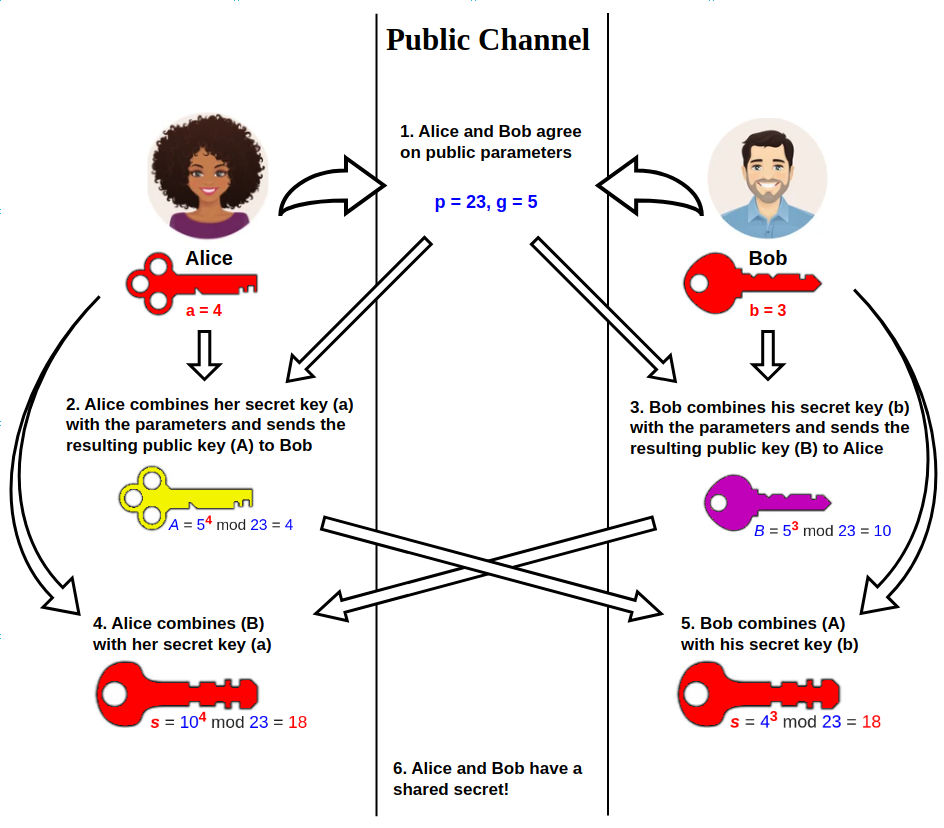Blinded Diffie–Hellman–Merkle for Ecash Mints

Ecash, conceptualized by David Chaum in the 1980s, was one of the first attempts to create anonymous digital currency. Chaum's idea used cryptographic proofs to mint and manage electronic tokens, ensuring the privacy of transactions through blinded digital signatures. These early ideas laid the groundwork for modern digital currencies.
Bitcoin, introduced by Satoshi Nakamoto in 2008, expanded on these principles with a decentralized approach, using blockchain technology to record transactions publicly while maintaining a degree of anonymity for users.
In a recent article, Charles explores the implementation of anonymous cryptographic electronic cash (Ecash) using Blinded Diffie–Hellman–Merkle key exchange. This concept leverages blinded digital signature schemes to ensure unlinkability between withdrawal and spending transactions.
Projects like Cashu and Fedimint have further refined these concepts, integrating Ecash principles to enhance privacy and scalability within the Bitcoin ecosystem.
The article provides a detailed step-by-step guide on constructing a simple Ecash token using the Blinded Diffie–Hellman–Merkle algorithm. It explains the roles of different entities (Bob, Alice and Carol) in the process and the cryptographic operations involved. It also includes an implementation of these steps using the Rust programming language, demonstrating how to create, blind, unblind, and validate Ecash tokens.
